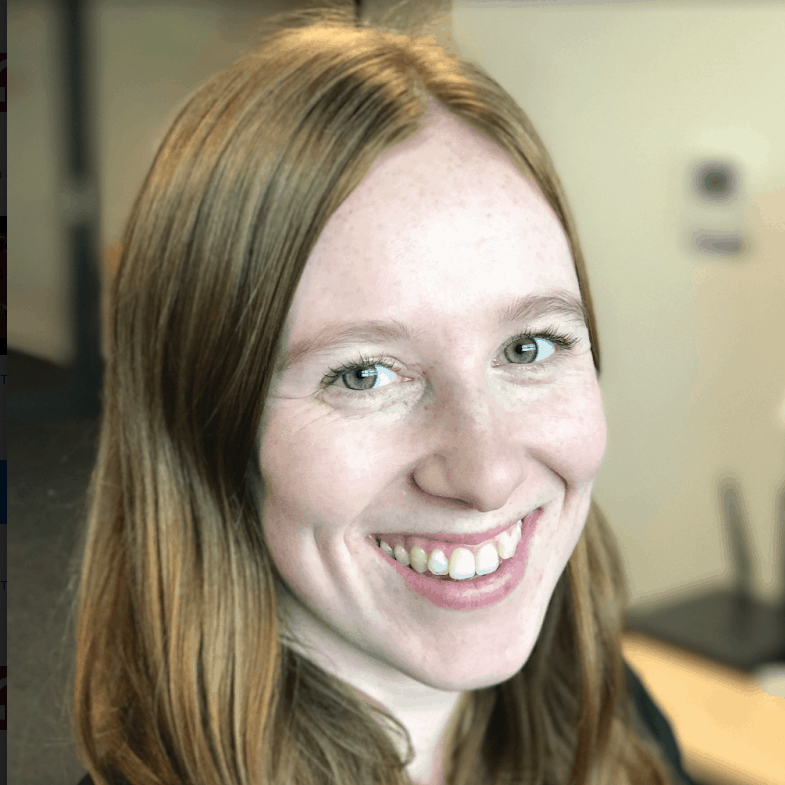Central Park in Sydney’s CBD is a unique urban hub powered largely by a centralised trigeneration thermal plant. The plant provides the energy demands of each building on site via an underground thermal piping network. To expand this energy network to service surrounding infrastructure, a trio of trenchless crossings were dug beneath Broadway, beginning at an unusual depth of 20m below ground.
The works
Brookfield Infrastructure acted as lead contractor, with Australian Wide Directional Drilling (AWDD) brought in to complete the trenchless installations. Works began on January 4 and were successfully completed by February 9 2016.
Horizontal directional drilling (HDD) technology was chosen to complete each bore of 70m in length, using a Vermeer D100x120 HDD rig.
Four pipes and two communications conduits were installed in total, with 2x125D pipes sharing a single bore, and the remaining 2x500D pipes installed in separate bores. The pipework will provide a chilled water (flow and return) service as well as a recycled water and sewerage network.
To connect to the underground thermal plant at Central Park, each bore was drilled from the existing basement 20m below ground.
The bore was then terminated at a depth of 4m on the other side of Broadway, one of Sydney’s main arterial roads, and adjacent to the grounds of the University of Technology Sydney (UTS).
Once the new UTS buildings are developed, a pit will be excavated to allow access to the pipes which will then enable thermal service to the new UTS facility.
Challenges and techniques
Logistics
Because the bore had to be completed entirely below ground, special tooling and logistics had to be considered. According to Corey Passlow, General Manager at AWDD, the biggest challenge was getting the machinery down into the basement.
“As you can see in the picture, we brought in a 300 tonne crane to lift all of our equipment. This included excavators, drill rigs, trucks, recyclers and site sheds.
“Everything also had to be brought into the basement within daylight hours, so it was a pretty busy day for everyone on the team,” said Mr Passlow.
Bores
The fact that the bores travelled up from 20m below ground to 4m below ground meant that the bore alignment was tight.
As the bore was required to finish 4m below the surface, each pipe was not able to be pulled back through the bore as standard.
Because of this, the pipe had to be pushed up into the bore instead. Once the pipes were installed into their final position they were grouted and then strength and leak tested.
This unusual situation of only forward reaming the bore, and then pushing the pipes into place, also meant that drilling mud had to be recycled while the bore was being created, so a 30 tonne Vermeer R9x12T recycle system also needed to be lowered into the pit.
“During the drilling process, drilling fluids are being pushed up into the hole so that the mud motor can then push the material that is being drilled, back down the bore,” said Mr Passlow.
“Once it comes back down the bore, this mud needs to be filtered. As Sydney is predominantly sandstone, this had to be removed and recycled before the mud could be pushed back up the hole.
“It was a big task for the R9, yet it performed well – without a hitch,” said Mr Passlow.
A focus on quality equipment
AWDD has been using Vermeer machinery from the beginning, and swears by its high quality and service.
“We have always used Vermeer, and bought our equipment from them brand new. We wouldn’t consider using any other machinery for a project such as the Broadway crossing,” said Mr Passlow.
“We also have a specific service agreement with Vermeer, so their backup and technical support has been instrumental to our success.”
About central park’s thermal networks
Central Park is a multistage $2 billion urban hub comprised of parkland, apartments, restaurants and boutique shops.
The site’s in house trigeneration thermal plant uses ‘green transformers’ powered by natural gas. So far, the plant has been able to reduce peak energy demand by utilising storage facilities (i.e. hot and cold water storage) to enable a better economic and environmental energy solution for the development.
The plant currently provides hot and cold water to the development (an area in excess of 300,000 with electricity. This makes Central Park Australia’s greenest urban village.
Project economics are driven by:
- Material reduction in demand charges
- Displacement of peak energy consumption
- Reduction in rapidly escalating network charges
- Lower expected carbon impost
- Improved electricity and gas consumption load factors
- Hedge against energy market escalations
- Substantial improvements in avoiding losses from electricity provided over grid
- Reduced overall capital outlay in standby/redundant equipment with single plant.
Trigeneration is said to be twice as energy efficient as a coal fired power plant. It has been estimated that the 2MW plant at Central Park could reduce greenhouse gas emissions by up to 190,000 tonnes over the 25 year design life of the plant. This would be similar to removing 2,500 cars off the road every year for 25 years.
















